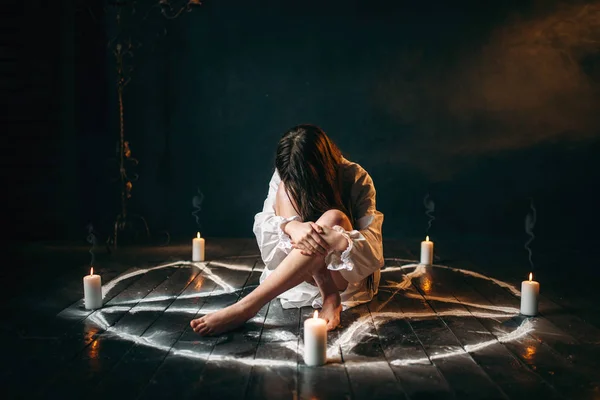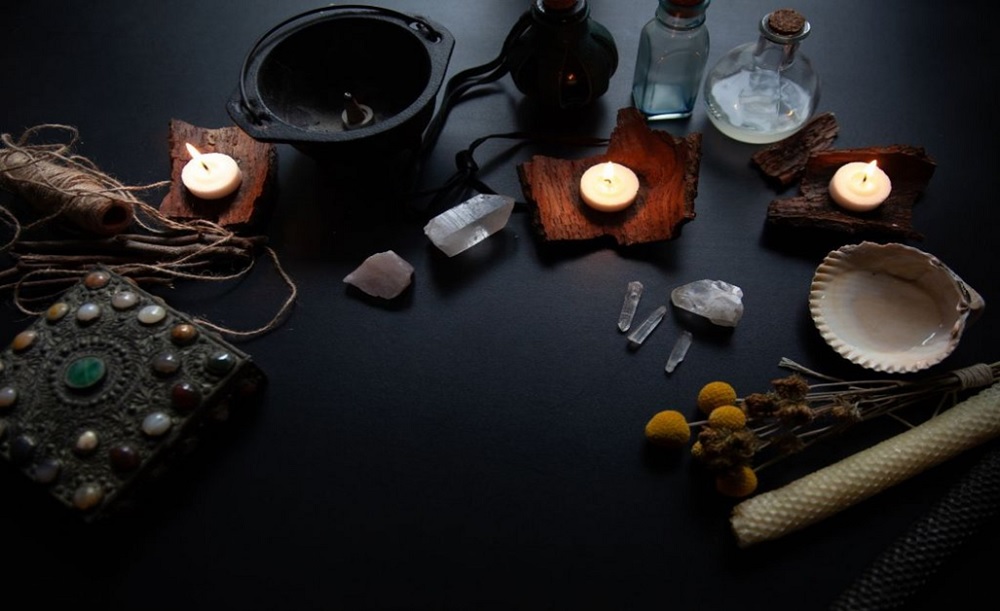Witchcraft has fascinated people for centuries, evolving from ancient traditions to contemporary practices that attract individuals seeking spiritual connection, personal empowerment, and community. This article provides a comprehensive overview of what modern witchcraft entails, serving as a valuable resource for beginners interested in exploring this diverse and often misunderstood path.
Understanding Witchcraft: Definitions and Beliefs
Witchcraft, often referred to as the Craft, encompasses a variety of practices and beliefs centered around the harnessing of natural energies and spiritual forces. Modern witchcraft is largely influenced by pagan traditions, folklore, and personal spirituality. Practitioners, known as witches, may incorporate elements from various spiritual paths, including Wicca, eclectic paganism, and folk traditions.
At its core, witchcraft emphasizes the interconnectedness of all living things and the importance of respect for nature. Witches often believe in the power of intention, the concept that focused thoughts and actions can influence reality. This belief is foundational in practices such as spellwork, where witches cast spells with specific goals in mind, using tools, herbs, and rituals to channel their energy.
The Path to Witchcraft: Getting Started
For those new to the world of witchcraft, the journey can seem overwhelming. Witchcraft 101 encourages a mindful approach to exploring this path. Here are essential steps to begin:
1. Research and Education
The first step in Witchcraft 101 is immersing oneself in literature, online resources, and community forums. Books by respected authors such as Scott Cunningham, Raymond Buckland, and Starhawk provide foundational knowledge on the subject. Various websites and social media platforms also offer insights into modern practices and community discussions.
2. Identify Your Intentions
Understanding why you are drawn to witchcraft is crucial. Are you seeking personal empowerment, healing, spiritual growth, or connection to nature? Clearly identifying your intentions will guide your practice and help you focus your energy.

3. Create a Sacred Space
A key aspect of witchcraft is creating a sacred space for practice. This can be a dedicated altar or a quiet corner in your home where you can perform rituals and spells. Decorate your space with items that resonate with you, such as candles, crystals, and herbs, creating an environment conducive to spiritual work.
4. Explore Different Practices
Modern witchcraft is diverse, with various practices to explore. Some witches focus on:
- Spellwork: Crafting spells to manifest intentions using herbs, crystals, candles, and symbols.
- Divination: Utilizing tools like tarot cards, runes, or pendulums to gain insight into the past, present, or future.
- Herbalism: Learning about the magical properties of plants and how to use them in spells, potions, and healing practices.
- Rituals: Engaging in ceremonies to mark seasonal changes, personal milestones, or to connect with specific energies.
Take time to experiment with different practices and find what resonates with you.
Tools of the Craft
Witchcraft often involves the use of specific tools to enhance practice. While not all witches utilize tools, many find them helpful in focusing their intent. Common tools include:
- Wand: Used to direct energy and intention.
- Athame: A ritual knife symbolizing the element of air, often used in spellwork.
- Cauldron: Represents transformation and is used for potions, incense, or scrying.
- Crystals: Each crystal possesses unique properties that can enhance spiritual work and energy.
- Candles: Different colors are used to represent various intentions and energies.
Choosing tools that resonate with you is important. They should feel personal and supportive of your practice.
Ethical Considerations in Witchcraft
Witchcraft is not without its ethical considerations. A commonly upheld principle is the Wiccan Rede, which states, “An it harm none, do what ye will.” This guideline emphasizes the importance of considering the potential impact of your actions on others. Practicing with respect for the environment and other individuals fosters a harmonious relationship with the world around you.
Moreover, many witches embrace the concept of karma, believing that the energy one puts out into the world returns to them. This principle encourages witches to engage in practices that promote positivity, healing, and understanding.
Finding Community
Joining a community can enhance your witchcraft journey. Many cities have local covens, study groups, or events that allow individuals to connect, share knowledge, and support one another. Online platforms also provide opportunities for discussion and learning. Engaging with others can help deepen your understanding and provide encouragement along your path.
Conclusion
Witchcraft 101 serves as an introduction to the rich tapestry of modern practices and beliefs that comprise this spiritual path. By exploring the fundamental principles, tools, and ethical considerations, beginners can begin their journey with confidence and intention. Whether you seek personal empowerment, connection to nature, or a deeper understanding of the spiritual world, witchcraft offers a unique avenue for exploration and growth. Remember, the path is as individual as you are, and your journey within the Craft is a personal one.




